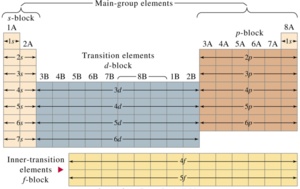Little girl in Sweden develops a potentially fatal blood clot during her first year. At age ten she undergoes surgery to replace the affected blood vessel with one from a donor. Doctors removed tissue and DNA from the donor vessel and seeded it with the little girl’s bone marrow stem cells. No anti-rejection drugs required. Far lower risk of failure than when a patient’s existing blood vessel is used and proves inadequate. Her prognosis is good three months post-op.
This approach has worked, too, to regenerate organs such as a tuberculosis-damaged windpipe. The hope is that further research will lead to adapting this technique for use with kidney dialysis patients or to replace defective arteries leading to the heart. And while we’re at it, human lung stem cells have been used to rebuild airways and blood vessels in mice in only a couple of weeks! Eventually we’ll probably learn how to use them to treat the nervous system and the immune system as effectively as the circulatory system.
Let’s face it. We’re in the barest infancy of understanding to what limits healing may extend with proper use of stem cells. I send positive thoughts to all the researchers out there braving the exploration of this untold treasure of nature.
Related articles
- Scientists Discover Possible Human Lung Stem Cell (huffingtonpost.com)





















